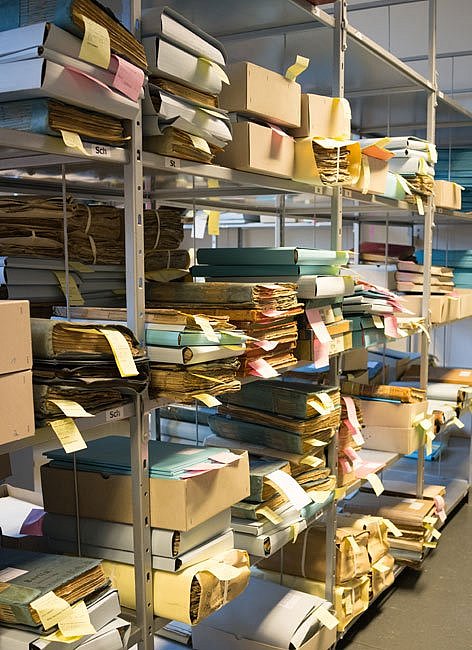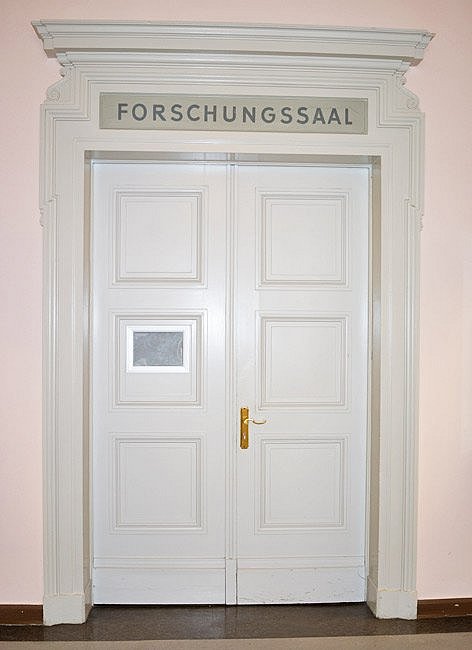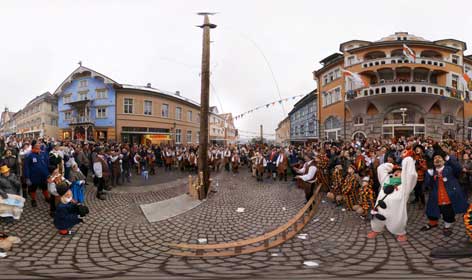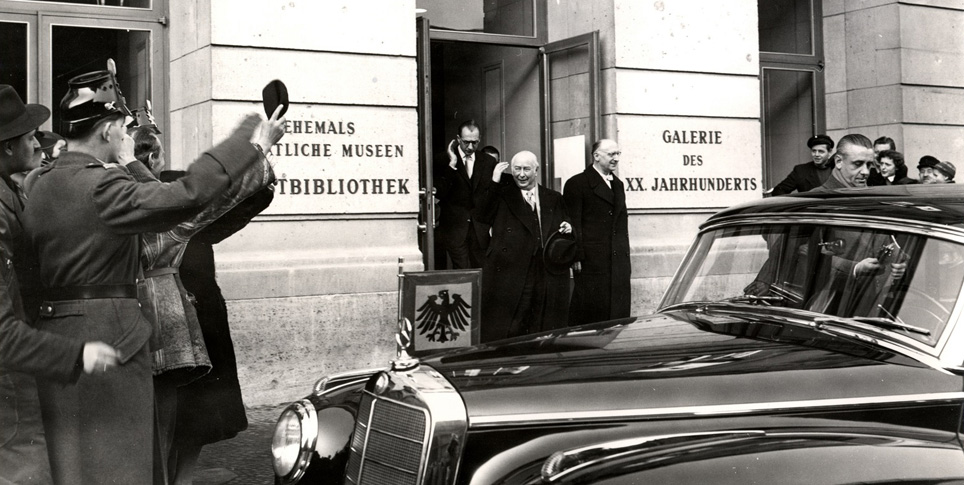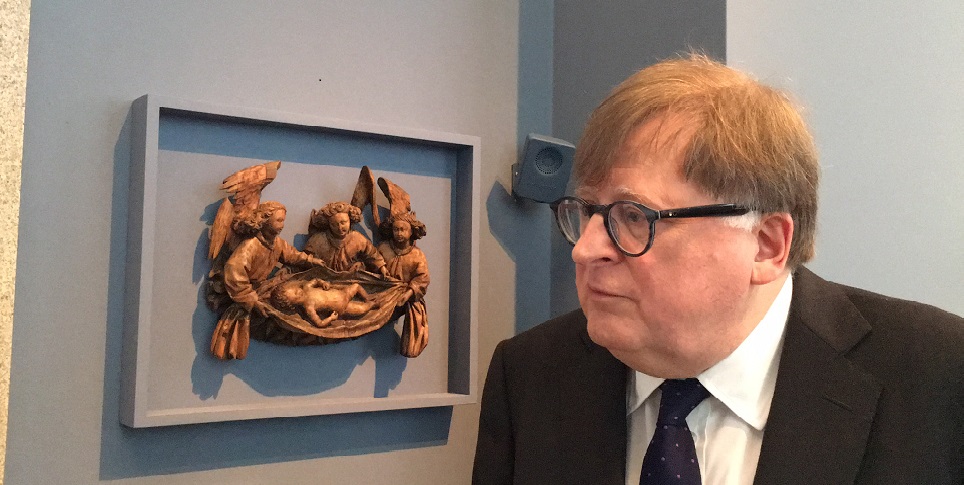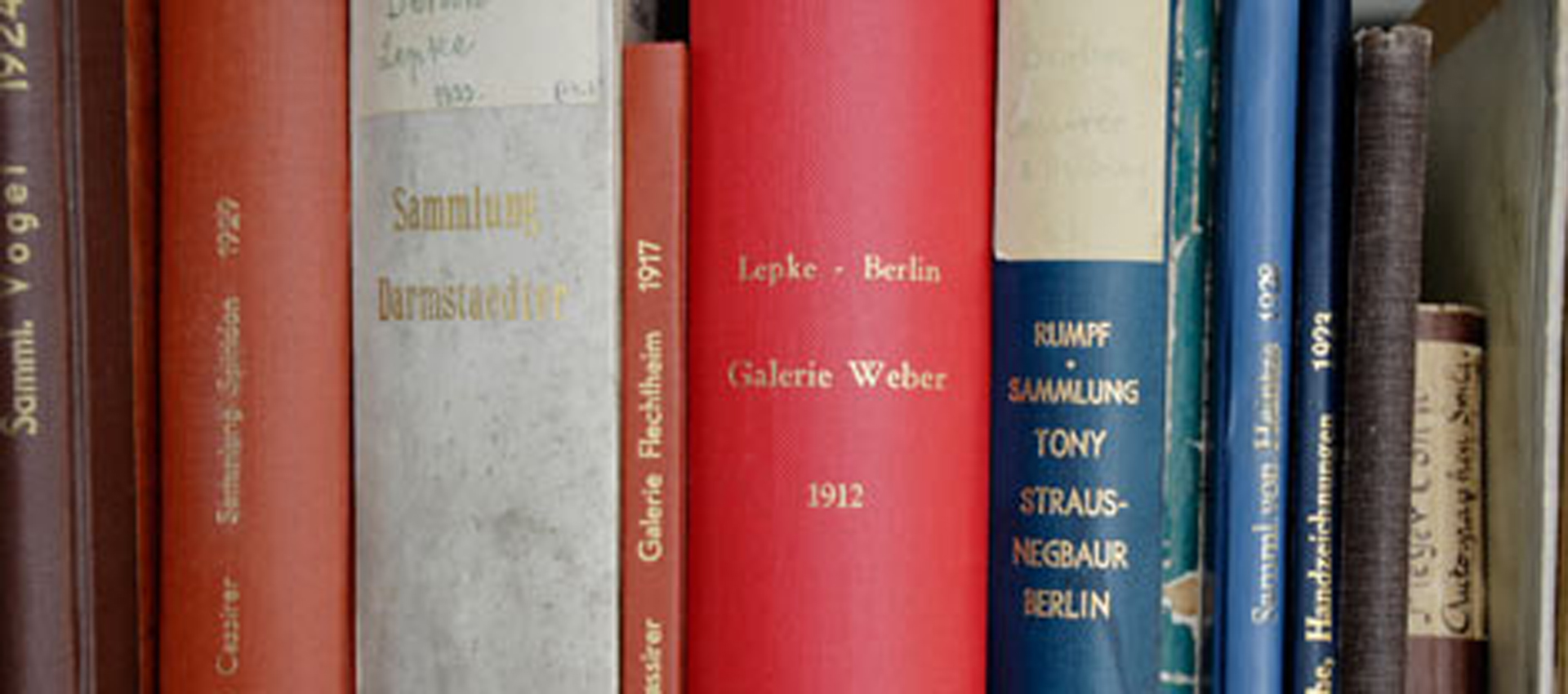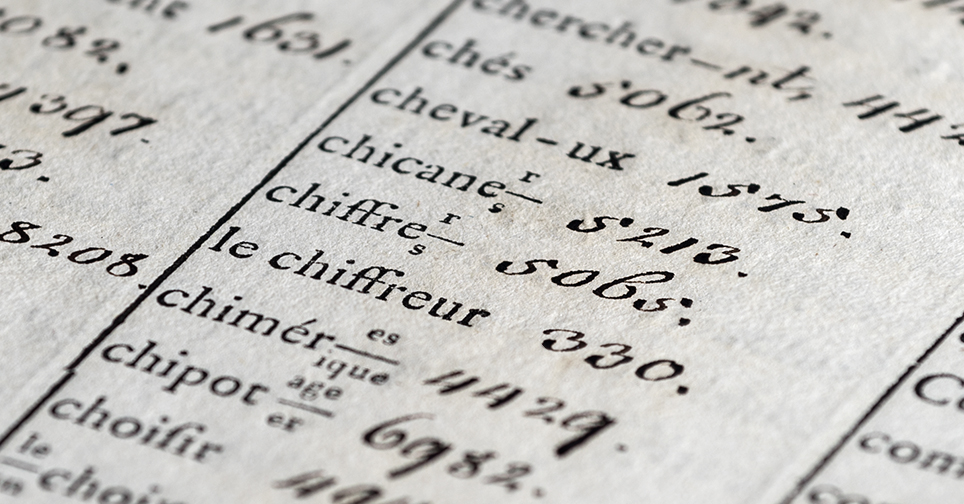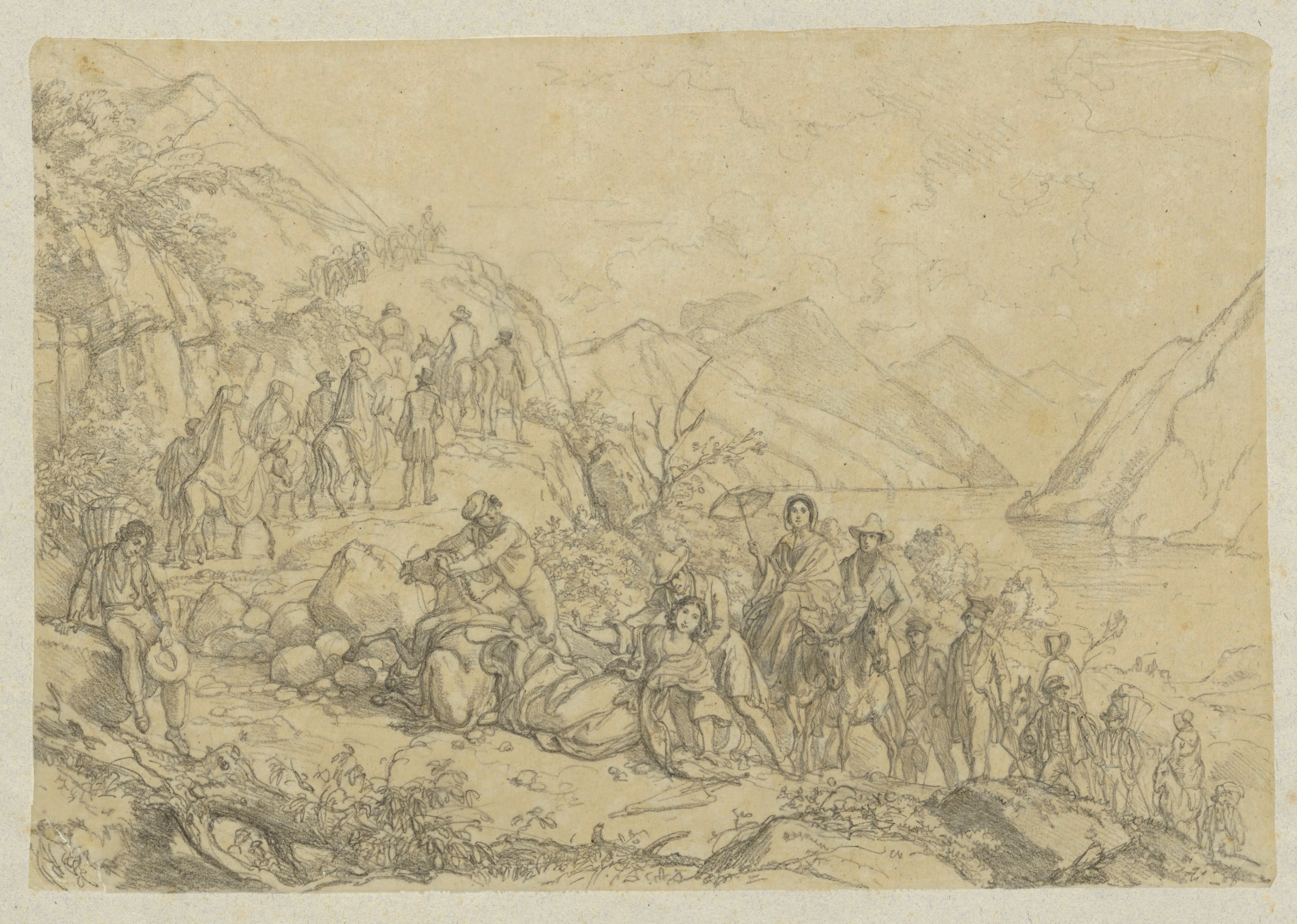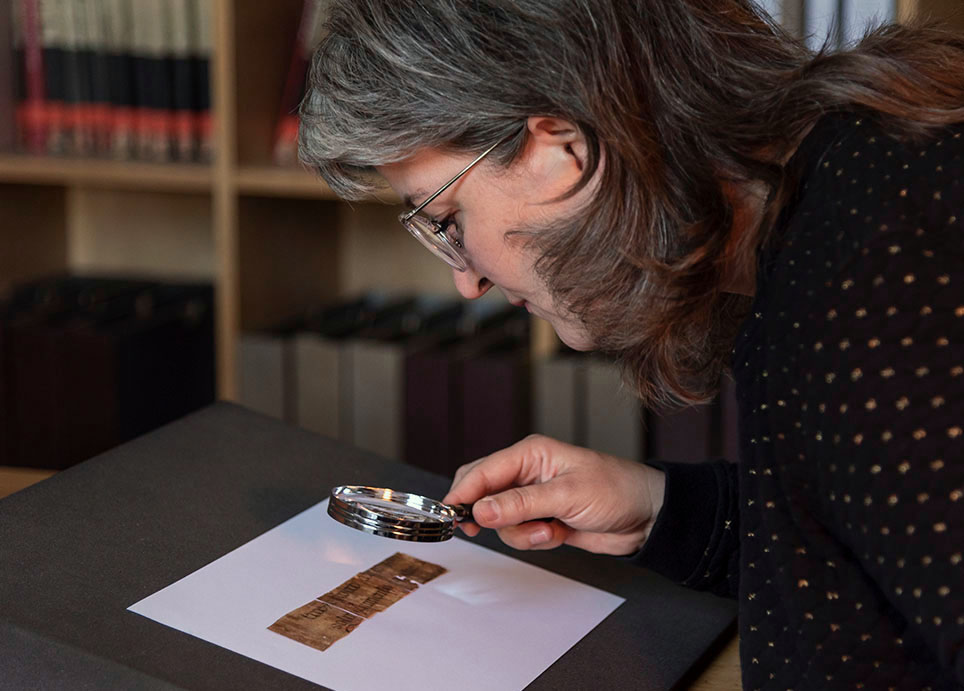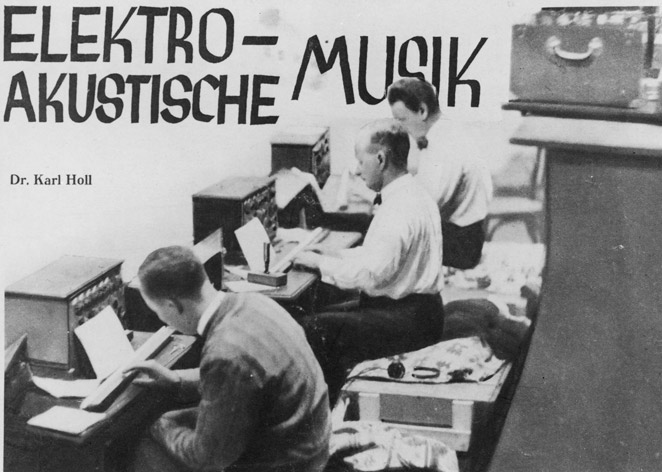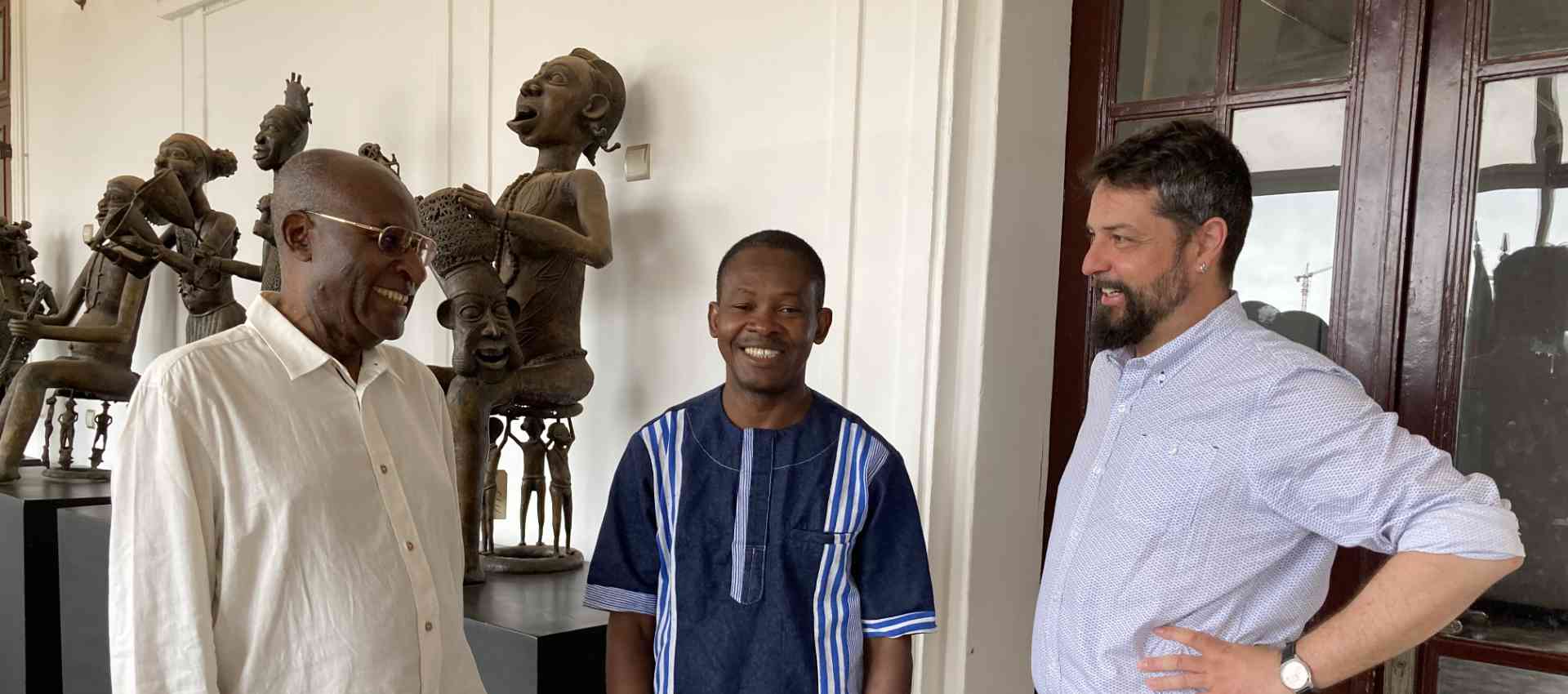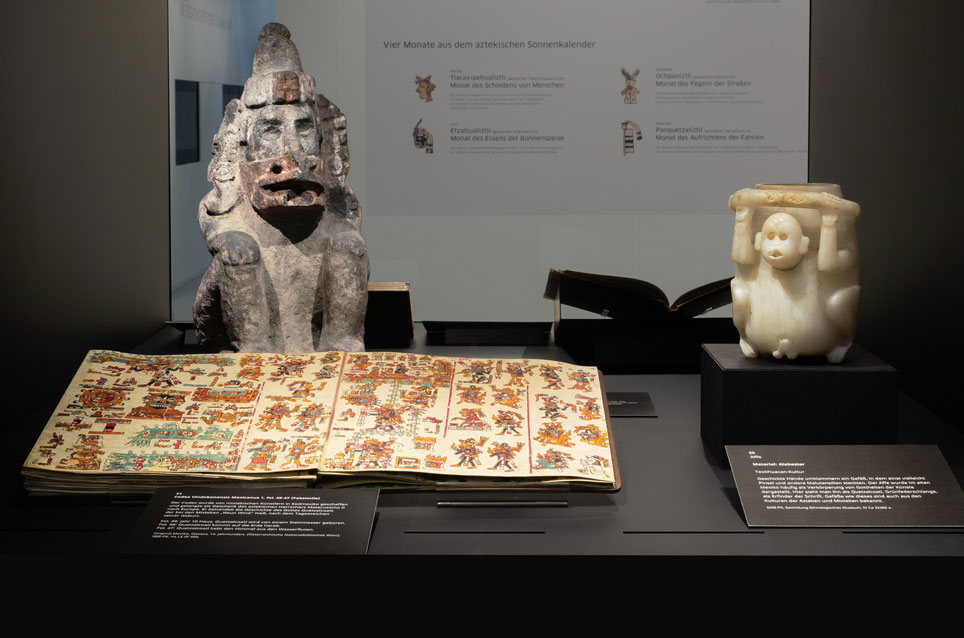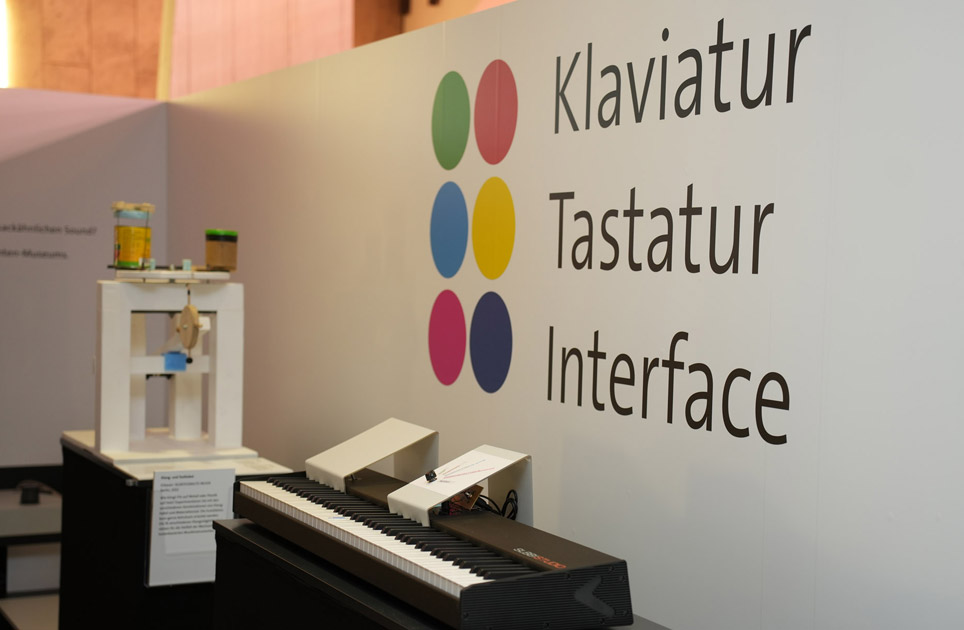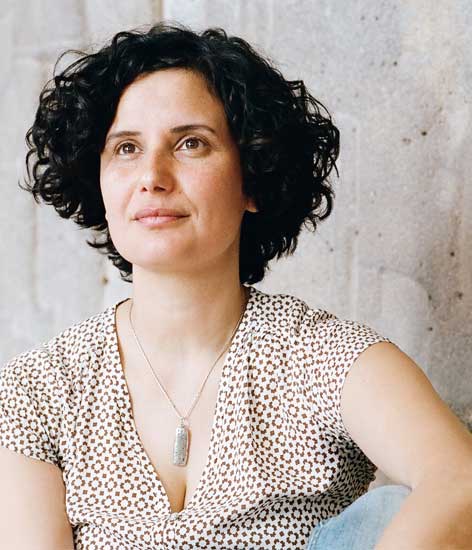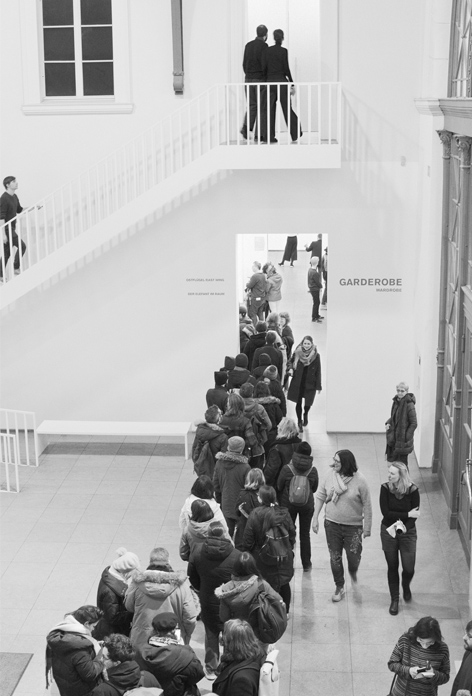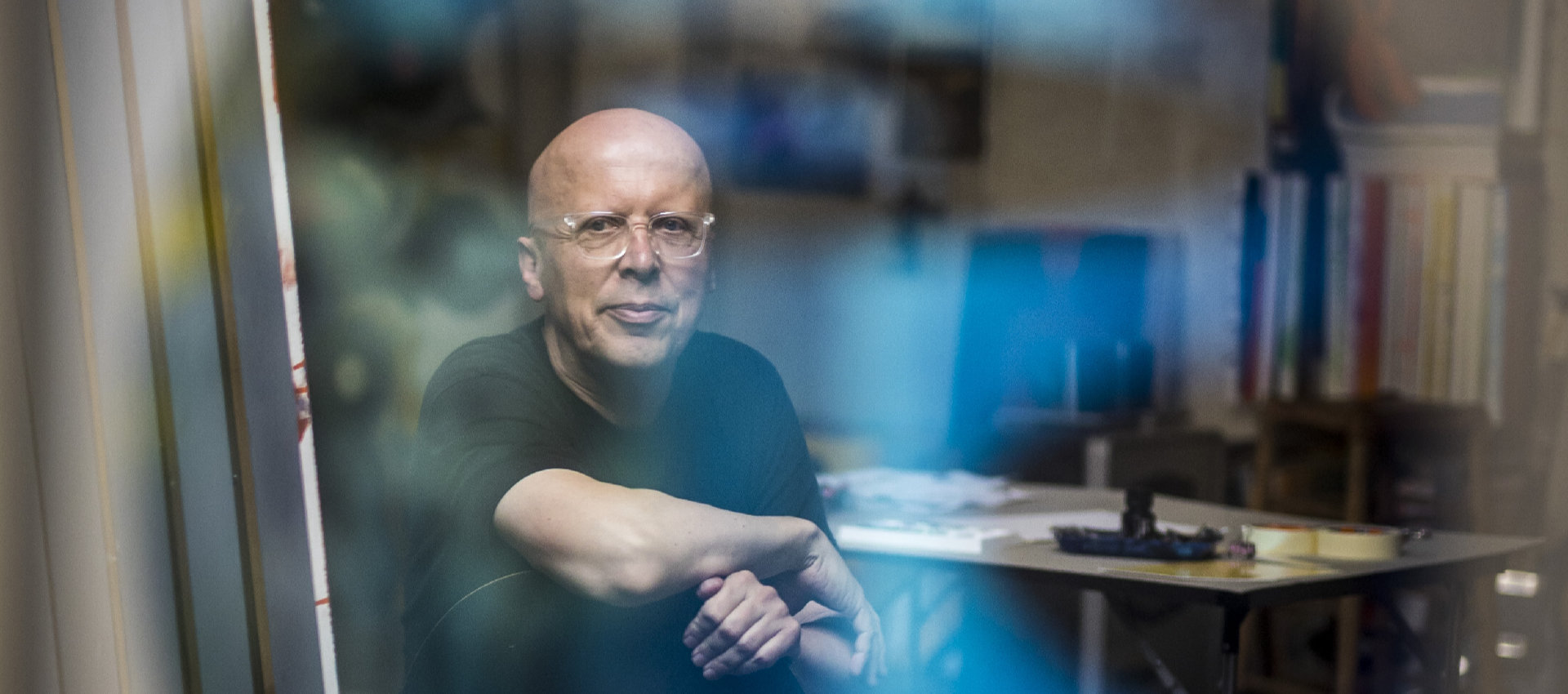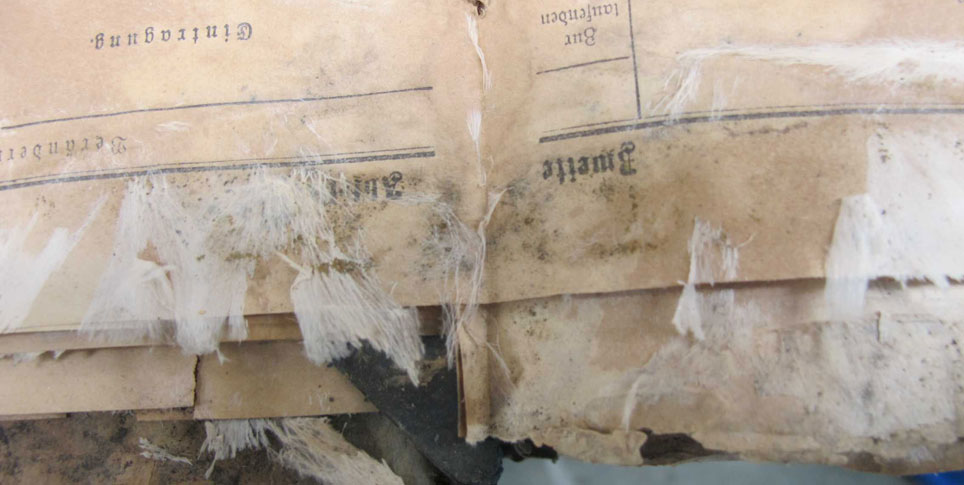The word "geheim" (privy, secret) in the name of the Geheimes Staatsarchiv Preussischer Kulturbesitz (Prussian Privy State Archives, GStA) does not come from any clandestine ventures, but finding your way around Prussia’s memories still seems to be a book with seven seals. We tried to find out if a short guide to using the archives would make it easier.
Have you ever been in an archive? A lot of scientists would also have to answer no to the question, even though archives in general and especially the GStA can be goldmines of information. But it is important to know its topography and how navigate it in order to bring those hidden treasures to light.
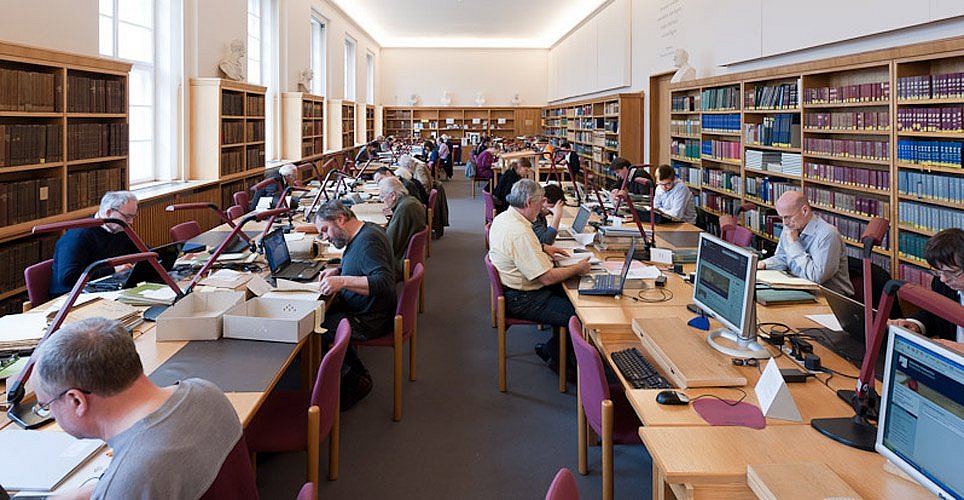
he Geheimes Staatsarchiv Preussischer Kulturbesitz reading room © SPK / Thomas Meyer, Ostkreuz
For this reason, the GStA offers an introduction to using the archives on the first Tuesday of every month. How can I prepare for my visit to the archives? How do I use the archives data base? How do I research the holdings in an orderly way? How do I find literature in the library’s OPAC? How can I order repros? How do I quote a Geheimes Staatsarchiv file correctly? These questions and more will be answered during this free educational event to make your first encounter with the archives easier.
After all, the GStA mainly sees it itself as a service for researchers – which includes explaining how to use this complicated but powerful tool for researching sources, as either a professional scientist for research or an amateur history fan who would like to delve into personal roots.
The participants who signed up for the first session are mainly professionals: Berlin-Dahlem, Tuesday afternoon at 4 p.m. is when it starts. First, the group is guided into the heart of the GStA: the comfortably air-conditioned reading room on the first floor of the main building, which was built in 1924. A long, narrow room with more than 40 seats for researchers, a counter for ordering materials and receiving friendly assistance with all matters. There are also shelves full of guides, without which the archives would probably be useless: the finding aids.
What the catalog is to a library, the finding aids are to archives – even though both places are meant for storing written materials, they are really two different things. The difference between a library and archives lies in the uniqueness of archival materials: each archived item only exists once. The GStA mainly contains files, letters, and legacies, not books. Since 1881, they have been arranged according to the provenance principle: according to their origins and context. Libraries, on the other hand, follow the principle of pertinence, arranging materials according to subject areas – circumstances, events, territories and/or persons. For example, the information on the Tendaguru expeditions, during which the dinosaur bones were brought into the Naturkundemuseum (Museum of Natural History) in Berlin in the early 20th century, is not filed under the keyword “Colonialism.” Instead, it is in a file of the Ministry of Culture of that time, which provided the funds for the research expeditions.
During the introduction to the archives, the difference is shown using the building itself as an example. Anyone who wants to find out about its erection in 1924 can look in the files of the Prussian Ministry of Finance, for example (construction work always costs money). So the first place to look is in the archive inventory (Tektonik), to see which finding aid needs to be consulted in order to find the file number, which can be ordered at the reading room counter. Time to procure items: depending on the storage location, one hour to one day.
The available items include documents of the Privy Council (established 1604), the General Directorate (established 1722), the Prussian ministries (as of ca. 1808), the Historische Staatsarchiv Königsberg, the Brandenburg-Preussische Hausarchiv, various legacies, Freemason holdings, and collections.
Anyone who wants to find out what is in the 35 linear kilometers of GStA files needs to consult the inventories first, and then the finding aids – and then they only know the general direction and not the actual content of the file. And even if it is the right material, the person needs to be capable of deciphering the writing – reading 17th to 19th century manuscripts is an art in and of itself. The GStA reading room also provides aids to reading old handwriting.
Along with the archive inventories, the finding aids, and the online database an important tool for navigating the GStA is the helpful staff at the counter, who know how complex their institution is and are happy to try to provide researchers with guidance and resources.
The introduction to using the archive is, at any rate, a good start. It opens the doors to GStA’s goldmine, helps users navigate it, and awakens a spirit of exploration.

